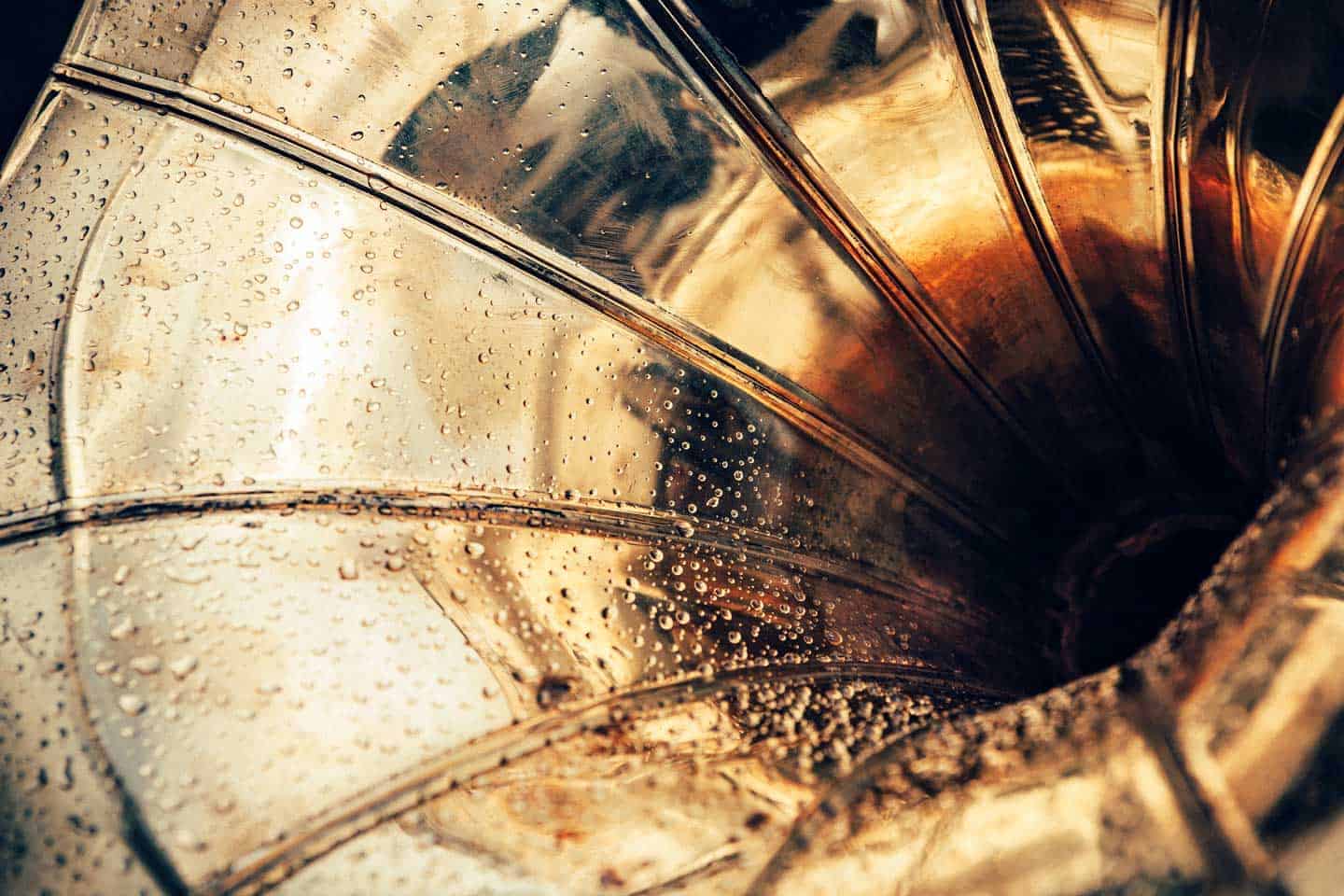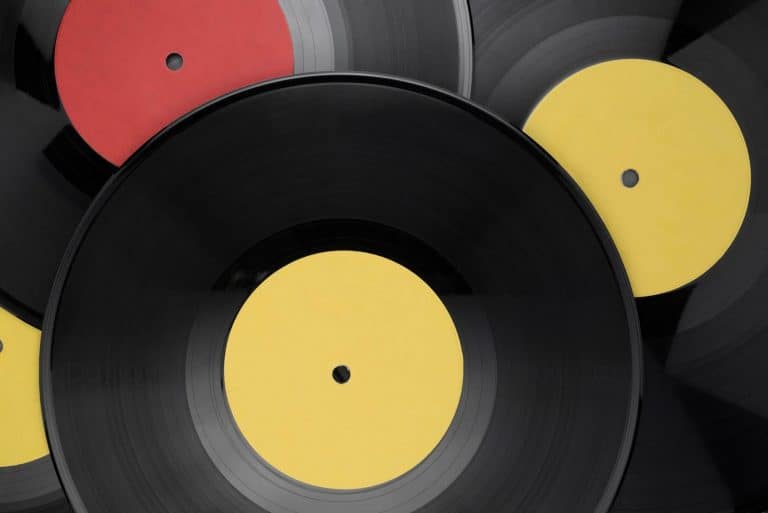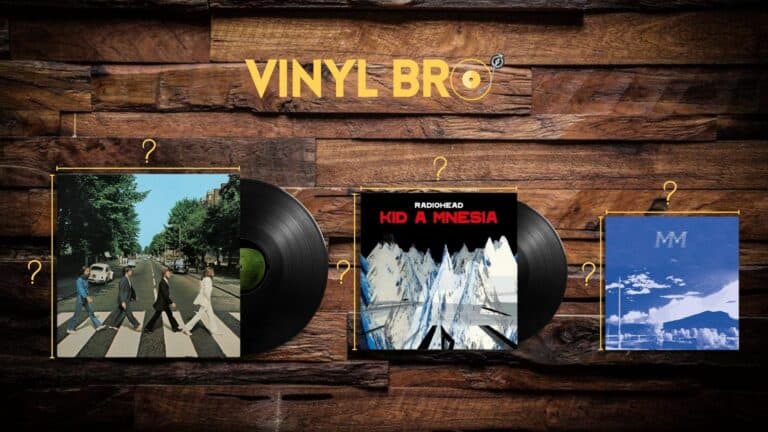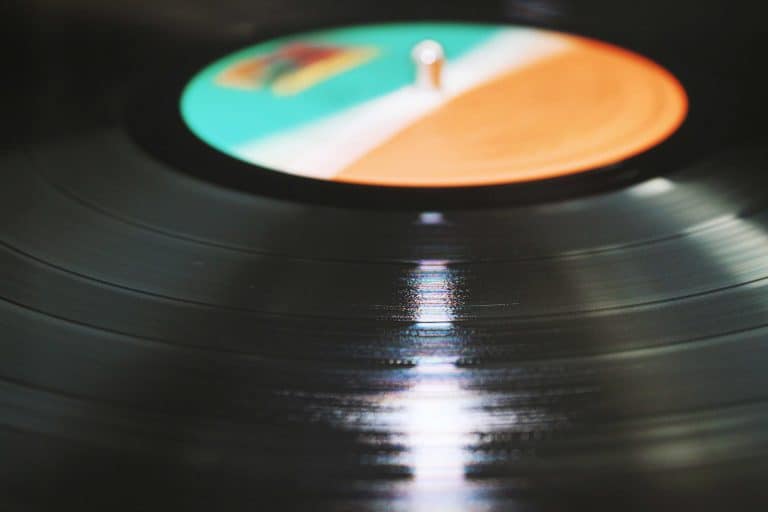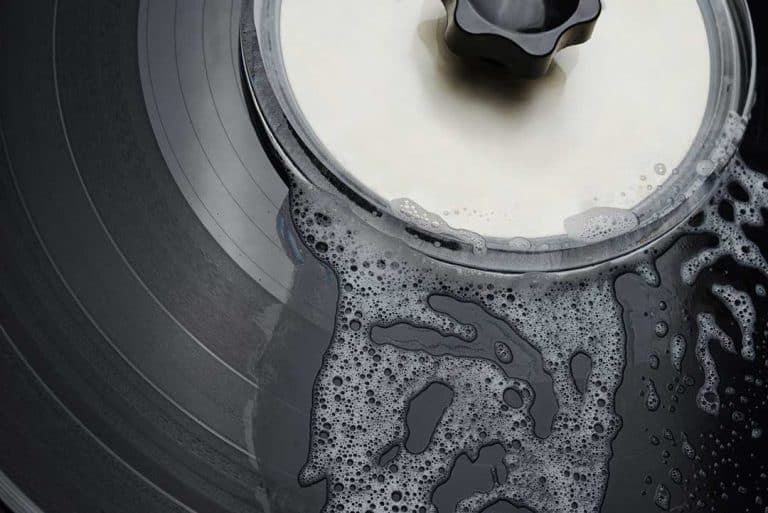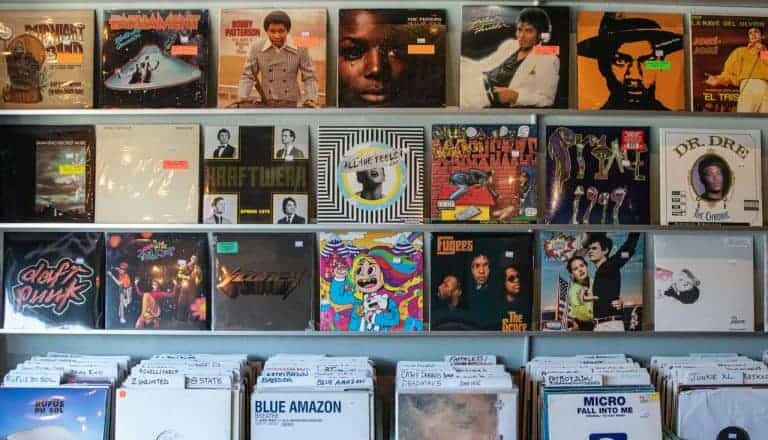Do Record Players Need Electricity? Turntable Require Electricity
While this may seem like an odd question to some, it is still a valid question and is still asked often. If you think back in the history of turntables, this question actually becomes pretty cloudy. We seek to directly answer your question in this article.
So, Do Record Players Need Electricity? Modern record players and turntables need electricity to power the motor that spins the turntable. The amplifier for the speakers connected to your record player will also need electricity. Unless you have an antique hand-crank phonograph, your record player will require some type of electricity.
As technology has changed throughout history, more automation has been implemented in just about every aspect of our lives including record players. In order to achieve this automatic motor, a power source was required. We are going to explore how this technology has changed and what you need to know.
Are Record Players Electric?
Phonographs is a term used to describe all record players but is commonly used with Gramophone to describe old hand-crank record players with a horn for a speaker. These did not require electricity because the motor was powered by a hand crank mechanism.
Once the electric motor was produced for record players, around the late 1920s, more companies began to produce electrically run record players, so you no longer needed to hand crank your phonogram or gramophone. With this modern technology update, we adopted fully electric record players and stereo systems complete with amplifiers, preamps, and external speakers.
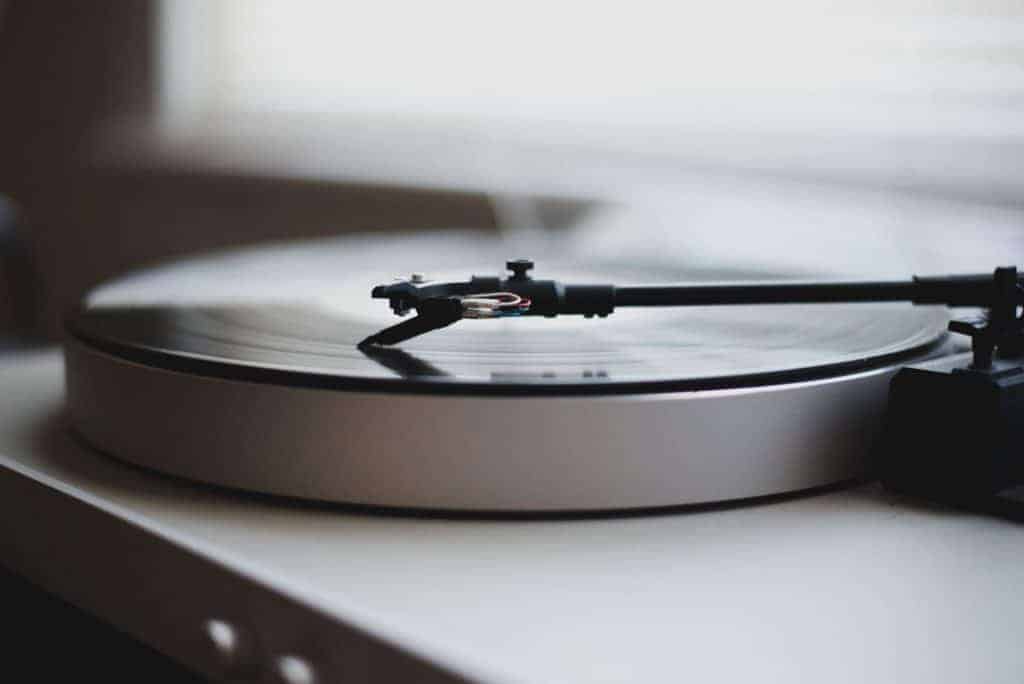
Do Record Players Need To Be Plugged In?
Most record players and full stereo systems of any quality will require being plugged in. There are travel options that can be battery operated via rechargeable batteries or standard batteries; however, they usually have limited functionality, do not sound great, and could potentially ruin your records over time.
Why Do Modern Record Players Need Electricity?
As we discussed earlier in this article, modern record players require electricity because they have an electric motor. The other reason they need electricity is some have built-in preamps that require power to magnify the signal to send it to an amplifier to be played through your speakers. As the electrical current powers the motor, the motor spins the platter.
A Brief Of How A Record Player Works
In order to completely understand why a record player needs electricity, it’s best to understand, at least at a basic level, how the record player works.
Parts Of A Record Player And System
- Stylus – The stylus, or sometimes referred to as a “needle,” is the tiny piece of metal you see running along the grooves of your record. This is attached to the cartridge on your tonearm.
- Cartridge – The cartridge is the plastic piece on the end of the tonearm of your record player. On the bottom, you should see a little piece of metal that runs along your record grooves to produce sound.
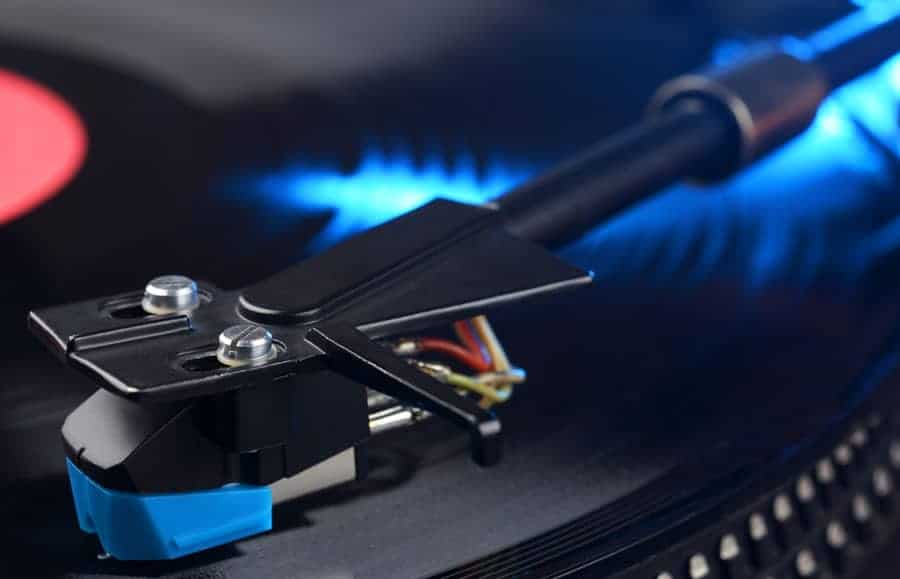
- Tonearm – The tonearm is the arm you move, or the moto moves if you have an automatic, to the record and drops the stylus down on the record.
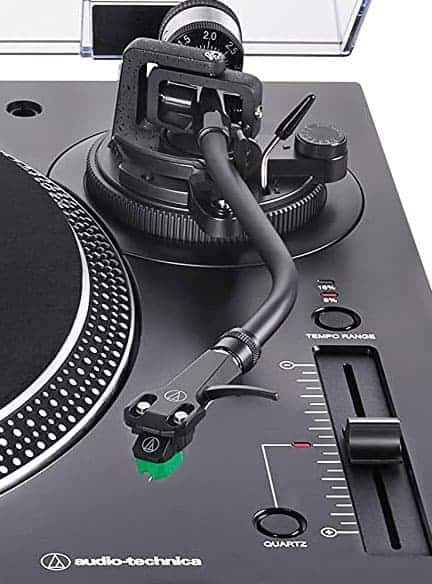
- Turntable or Platter – The turntable or platter is where you place the record. This is the part that spins with the record on top.
- Drive Motor – The drive motor is inside the actual record player. This can be a belt-driven motor or a direct driven motor. A belt-driven motor pulls a belt that is attached to the turntable or platter to make it spin. A direct driven motor is placed directly under the platter and is directly connected to the platter removing the need for belts.
- Preamp – A preamp, also known as a preamplifier, is sometimes internal and sometimes external depending on the record player itself. The preamp is responsible for taking the weak signal from your stylus and cleaning it up to a stronger output signal to be sent to your amplifier.
- Amplifier – The amplifier is what makes the signal or sound large enough that you can send it to speakers to be projected.
- Speakers – The speakers are powered by the amplifier and project to music at a listening volume.
Regardless of what type of record player you have, portable or stationary, these components are a part of the system. In a portable record player, all of these components are combined into one small space. In a home listening system, there will be components that are separated like the record player, amplifier, preamp, and speakers.
How Do All These Parts Work Together?
When you place a record on the platter and hit start, your platter begins to move. Then, you place the stylus on the record and magically you hear sound out of the speakers, but how does this all work? We will go over two basic scenarios here to give you an idea of how this all works together.
Portable Record Player
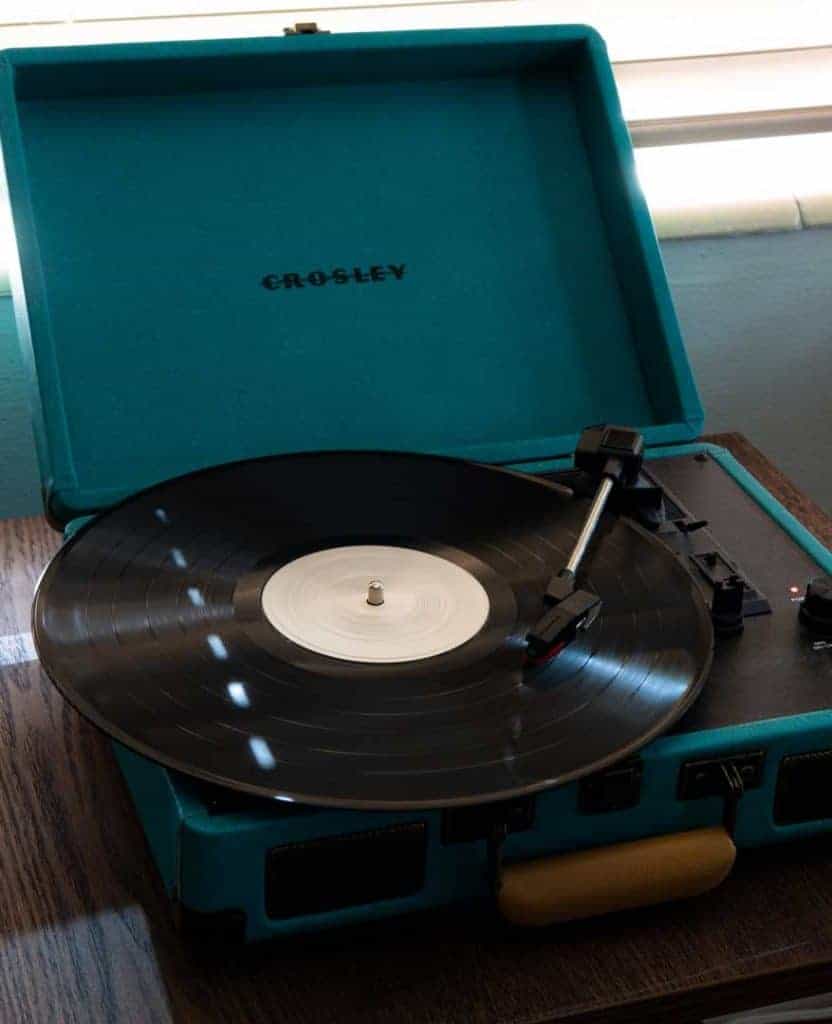
- After powering on your portable record player, you will have to select a speed for the platter to rotate.
- After selecting the correct speed, place your record on the platter.
- Once you move the tonearm over the record, your platter should start spinning. This can differ based on the record player you have.
- When your stylus makes contact with the vinyl, you should start to hear the sound coming out of the speakers.
In order to have that sound come out, the stylus makes contact with the grooves of the record to produce a signal that is then sent to the magnet and wires inside the cartridge. The cartridge sends that signal to the preamp to be cleaned up and sent to the amplifier. The amplifier then powers the speakers and amplifies the signal from the preamp. All of this is done with electricity. So for portable turntables you still need electricity!
Some portable record players actually have an output that will allow you to override the internal amplifier and hook up to an external amplifier to hear the music from a better speaker setup. This is a great feature if you are just starting out and want to place the minimum amount of money to get started in listening to vinyl records. We do not recommend most of the portable options as long term use can increase surface noise from the damage that can cause to your actual records.
Home Stereo System With A Turntable
Home stereos have many different components, but we are going to assume a very basic setup.
- After turning on your amplifier and preamplifier (if applicable as some turntables have built-in preamps), you should turn on the power on your turntable.
- Place your record on the platter and select your speed.
- Some turntables have automatic mode when you move the tonearm and some require you to turn on the rotation.
- Once you have your record spinning place, the stylus on the record.
- When your stylus makes contact with the vinyl, you should start to hear the sound coming out of the speakers.
In order to have that sound come out, the stylus makes contact with the grooves of the record to produce a signal that is then sent to the magnet and wires inside the cartridge. The cartridge sends that signal to the preamp to be cleaned up and sent to the amplifier. The amplifier then powers the speakers and amplifies the signal from the preamp. All of this is done with electricity.
In Conclusion
So as you can see from all the scenarios, you will be required to have some type of electrical source in a modern record player. This is because it takes electricity to work all the components involved in producing the sound you hear.
Every component in the equation is just as important as the other components. The quality of each component is also key to reproducing the best possible listening experience.
All in all, we highly recommend you get a proper stereo setup. The most ideal situation is to have a separate turntable from the amplifier and speakers as this will provide the best listening experience.
Happy listening, and we hope you enjoyed the read.
Frequently Asked Questions – Do Record Players Use Electricity? Turntable Require Electricity?
Do Record Players Need Electricity?
Yes, record players do need electricity to operate. They require electrical power to turn the motor that spins the platter and to generate the electrical signal that gets sent to the speakers. Without electricity, the record player would not be able to function.
Do turntables require electricity?
Yes, turntables require electricity. They need electrical power to operate the motor that spins the platter and to create the electrical signals that are sent to the speakers or other audio devices.
Can record players work without electricity?
No, record players cannot work without electricity. They are designed to use electricity in order to operate the motor and produce sound. Hand-cranked gramophones were used in the past, but modern record players require electrical power.
Do all record players have built-in speakers?
No, not all record players have built-in speakers. While some record players come with built-in speakers, many record players require external speakers or headphones in order to listen to the sound. This allows for better customization and sound quality.
Can I connect record players to wireless speakers?
Yes, you can connect record players to wireless speakers. However, you may need to use additional equipment such as a preamplifier or amplifier to ensure compatibility between the record player and the wireless speakers.
Can I connect a record player to my computer via USB?
Yes, many record players today come with USB connectivity. This allows you to connect the record player directly to your computer and convert your vinyl records into digital audio files.
Are high-end record players better than regular ones?
High-end record players are generally known for their superior sound quality and build. They are designed with advanced components and technologies to provide a more precise and immersive listening experience. However, regular record players can still offer good sound quality for the average music lover.
What is the importance of electricity in record players?
Electricity is crucial in record players as it powers the motor that spins the platter and generates the audio signal. Without electricity, the record player would not be able to function or produce sound.
Do I need to plug my record player into a wall outlet?
Yes, in order to provide the necessary electricity to operate the record player, you will need to plug it into a wall outlet. This allows the record player to draw power from the electrical grid.
Is it possible to use a record player with Bluetooth speakers?
Yes, it is possible to use a record player with Bluetooth speakers. However, you may need to use additional equipment such as a Bluetooth receiver or a Bluetooth-enabled amplifier to establish a wireless connection between the record player and the Bluetooth speakers.

